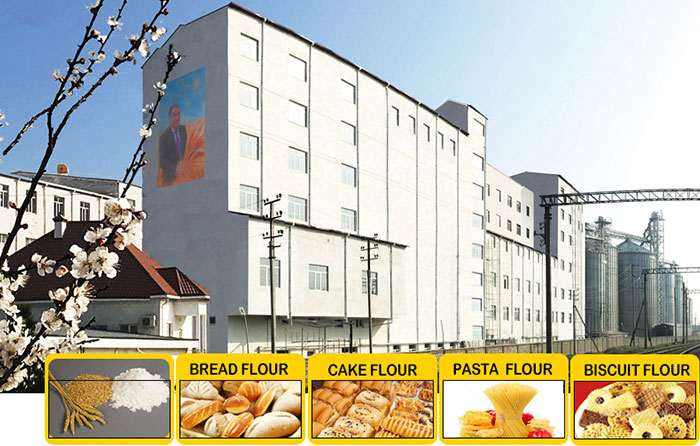Wheat flour is a staple ingredient in many of the foods we consume daily, from bread and pasta to pastries and cakes. But have you ever wondered how wheat grains are transformed into the flour that we use in our recipes? The process of wheat flour milling involves several steps that convert raw wheat grains into fine, powdery flour. In this article, we will take you through the journey of wheat grains from harvest to the production of flour.
Wheat is a cereal grain that is typically harvested during the late summer or early fall. Once the wheat plants have matured and the grains have ripened, they are ready for harvest. Modern farming techniques utilize machinery, such as combines, to efficiently harvest the wheat crops.
After harvesting, the wheat grains need to be cleaned to remove impurities. The cleaning process involves removing foreign materials like dirt, stones, chaff, and other grains or seeds that may be mixed with the wheat. This is typically done using a combination of sieves, screens, and air currents to separate the wheat grains from unwanted debris.

Once the wheat grains have been cleaned, they undergo a process called conditioning. Conditioning involves adjusting the moisture content of the grains to facilitate the subsequent milling process. This is done by adding controlled amounts of water and allowing the grains to rest, which helps to soften the bran layer.
The milling process is the core step in wheat flour production. It involves grinding the conditioned wheat grains into flour. There are different types of milling techniques, but the most common method is roller milling. In roller mills, the wheat grains pass between a series of rollers that gradually break them down into smaller particles. The endosperm, bran, and germ components of the grain are separated during this process.
After the initial milling, the resulting mixture of particles is sifted to separate the bran and germ from the endosperm. This is achieved using vibrating sieves or plansifters that separate the different components based on particle size. The bran and germ are usually considered byproducts of the milling process and are used in other applications like animal feed or oil extraction.
The endosperm, which contains the starchy part of the grain, undergoes further grinding and reducing to produce finer particles. This is typically done using a series of smooth rollers that crush and grind the endosperm, gradually reducing it into a fine flour consistency.
Once the grinding process is complete, the flour undergoes further purification to remove any remaining impurities. This is achieved through a series of sieving and air separation techniques. The flour is then classified based on its particle size, texture, and protein content to produce different types of flour, such as bread flour, all-purpose flour, or cake flour.
The final step in the Wheat Flour Milling Plant process is packaging and storage. The flour is carefully packaged in bags or containers, ready for distribution and consumption. Proper packaging ensures the preservation of the flour's quality, preventing moisture absorption and contamination. The packaged flour is then stored in a controlled environment to maintain its freshness and extend its shelf life.
From the initial harvest of wheat grains to the final packaging of flour, the process of wheat flour milling involves a series of steps that transform raw grains into the versatile ingredient we use in our everyday cooking. Each step, from cleaning to conditioning, milling, and purification, is crucial in producing high-quality flour that meets the diverse needs of consumers. Understanding the intricacies of the wheat flour milling plant process allows us to appreciate the effort and precision involved in bringing this essential ingredient to our tables.
Comments
Please Join Us to post.
0